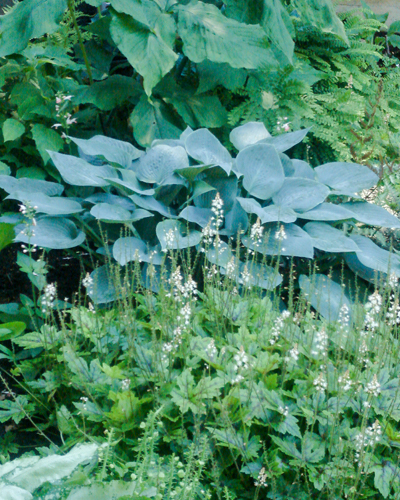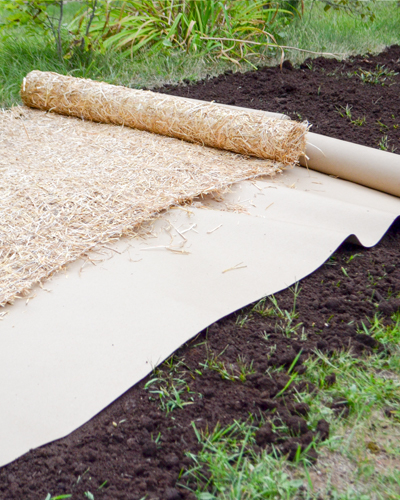PROFESSIONAL GARDEN CARE
Providing Excellence in Flower Gardening since 2000
A beautiful garden for years to come is achieved through patience and consistent care. Garden maintenance plans are tailored for each customer. We can help you choose a maintenance plan that is right for you!
Protect your investment by receiving scheduled maintenance visits from Aquarian Gardens.

HOW WE CARE FOR THE GARDENS
SPRING CLEAN UP
GARDEN MAINTENANCE

MULCH

WATERING

STAKING

TRIMMING & DEADHEADING
